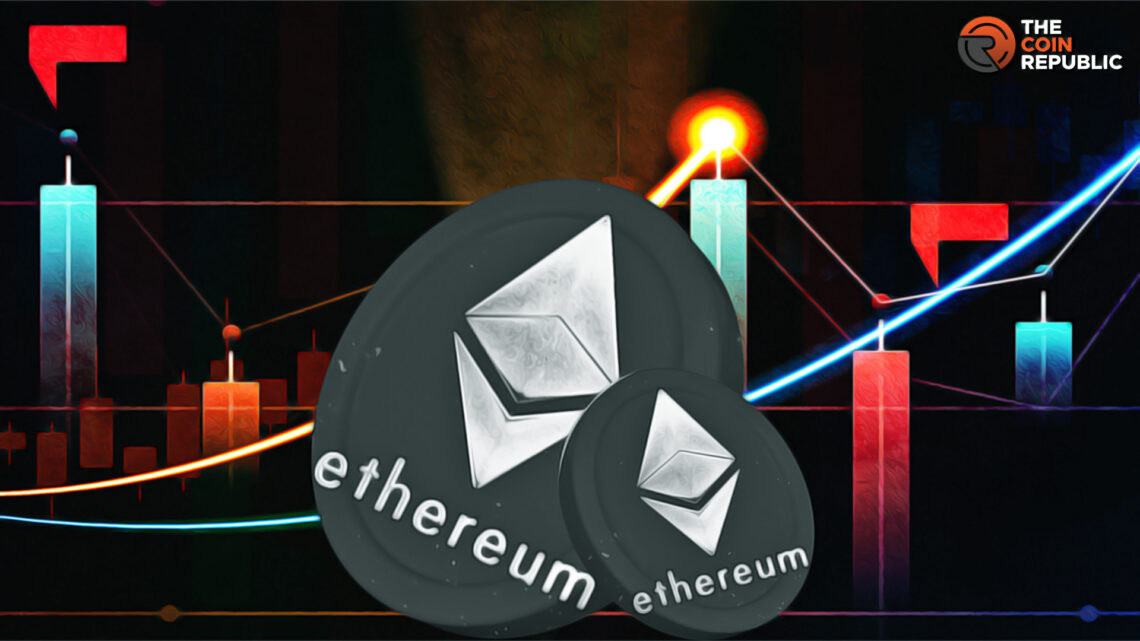- 1 The Merge upgrade of the Ethereum Network completed a year on September 15, 2023.
- 2 The upgrade caused the energy consumption on the network to decline by a significant number.
- 3 After The Merge upgrade, 300,000 Ethereum, equivalent to $488 Million, have been burnt.
Ethereum (ETH) network’s most anticipated upgrade, The Merge, had completed its one year on September 15, 2023. A year ago, one of the biggest blockchain networks, which carries the second biggest cryptocurrency Ether (ETH), and most DeFi projects in the industry, went through the biggest upgrade. The advancement profited the network in many terms, however, it brought in several issues that were raised as concerns in the past.
The Merge upgrade on Ethereum meant a transition from the inherent Proof-of-Work (PoS) consensus blockchain mechanism to Proof-of-Stake (PoS). The mainnet moved to the PoS blockchain dubbed Beacon Chain. The revamp was expected to bring unprecedented changes to the network and so it did. Transaction speed was said to increase along with the decline in gas fees.
However, the more practical and visible effect came in the form of a humongous drop in energy consumption over the network. In addition, ETH became deflationary following the update, the price did not grow due to other external factors though.
Given the Ethereum network shifting towards a staking mechanism, the amount of ETH staking over blockchain rose tremendously. Liquid staking protocols shot up catering to the rising demand. While all this was going well, it ended up raising concerns around growing centralization over the network due to maximum ETH staking on selected protocols.
Ethereum Reduced Energy Consumption over 99%
One of the significant changes seen soon after The Merge was a steep decline in the consumption of energy used to validate transactions over the network. Several studies found that Ethereum-validating electricity dropped from about 23 Million megabytes per hour (23 Terawatts per hour) to just 2,600 megawatts per hour.
The reduction shows a huge dip of nearly 99.8% in energy usage. This resolved the issue of threat to the environment because of cryptocurrency mining and validation.
Deflation in Ethereum, But Price Did Not Show Optimism
The burning of existing ETH picked up pace following The Merge led to the price of cryptocurrency being deflationary. With this coming into play, the ETH burned in a certain time surpassed the number of cryptocurrencies issued during a similar time frame.
Since The Merge upgrade, 300,000 Ethereum, equivalent to $488 Million, have been burnt.
The drop in ETH supply came as an achievement given that it was likely to push ETH prices higher. However, due to macroeconomic circumstances and the banking sector fiasco that surfaced after the downsliding of several prominent banks, the cryptocurrency price did not monetize the opportunity.
But the deflation of Ethereum was not for one instance, it’s rather continued at a considerable pace. Some research data shows ETH supply is decreasing at the rate of 0.25%, by which Ethereum will see 1% of supply vanish every four years.
Increasing Centralization: A Growing Concern for Ethereum
Despite all the goods happening, the concerns of centralization are increasing around the Ethereum network. This is especially taking place due to liquid staking protocols. The community wide steps were taken to impose a self-limit of 22% maximum ETH staking over the protocol.
Currently, not many protocols are beyond the proposed limit, except for Lido Finance. The biggest staking protocol holds over 32.4% of the overall ETH staked across the network.

Nancy J. Allen is a crypto enthusiast, with a major in macroeconomics and minor in business statistics. She believes that cryptocurrencies inspire people to be their own banks, and step aside from traditional monetary exchange systems. She is also intrigued by blockchain technology and its functioning. She frequently researches, and posts content on the top altcoins, their theoretical working principles and technical price predictions.


 Home
Home News
News






